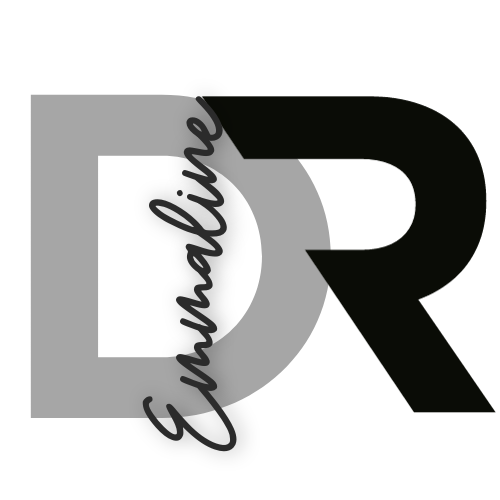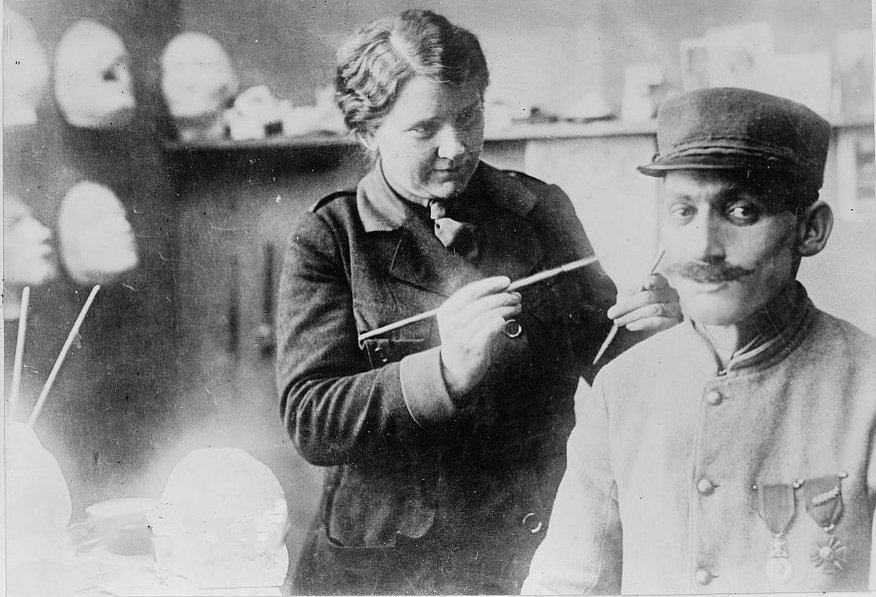The Original Facial Sculptor
In the depths of World War I's brutality, where the relentless fury of warfare left countless soldiers disfigured and shattered, one woman emerged as a the original facial sculptor. Anna Coleman Ladd, an extraordinary artist, dedicated her life transforming the lives of countless soldiers. She created intricately detailed facial masks, allowing them to regain their identities and reclaim their place in society.
In this article, we delve into the inspiring tale of Anna, whose artistry sculpted not just faces but also a profound legacy of resilience and compassion.
Who was she?
Anna Coleman Ladd (1878-1939) was an American sculptor and portrait artist who is known for her work creating masks and prosthetics for soldiers who were disfigured during World War I. Ladd traveled to France and established the "Studio for Portrait-Masks" in Paris in 1917. There, she worked with soldiers who had suffered severe facial injuries, primarily due to the use of new and devastating weapons such as chemical gas attacks. Ladd created lifelike masks that helped to cover their facial deformities and enable them to reintegrate into society.
Ladd's masks were made of thin metal sheets covered with a layer of colored wax to match the soldier's skin tone. She meticulously studied photographs of the soldiers before their injuries and used the images as references to recreate their features as accurately as possible. The masks were then attached to the soldiers' faces using eyeglass frames or silk ribbons.
Her work provided physical and psychological relief to the soldiers, allowing them to regain their self-confidence and reduce the stigma associated with their disfigurements. Ladd's sculptures were highly regarded for their attention to detail and the skillful craftsmanship she employed.
After the war, Ladd returned to the United States and continued her sculpting career. She created various works, including monuments and portrait busts. However, her most significant and influential contributions were her efforts to help the disfigured soldiers during World War I.
Anna Coleman Ladd passed away on June 3, 1939, in Santa Barbara, California. Her work and dedication to improving the lives of wounded soldiers have left a lasting impact on the field of medical aesthetics and rehabilitation.







Over a century ago, one fascinating case marked the dawn of cosmetic intervention as we know it today — and it involved paraffin wax.
In 1904, Dr. Benjamin T. Burley published a case report in the Boston Medical and Surgical Journal detailing the use of paraffin injections to restore facial volume in a young woman suffering from bilateral facial atrophy.
This is more than just a curious footnote in the history of injectables — it’s a reminder of the human drive for aesthetic restoration, the early efforts to balance safety with innovation, and the long road we’ve walked from paraffin to the safe use of hyaluronic acid fillers today.